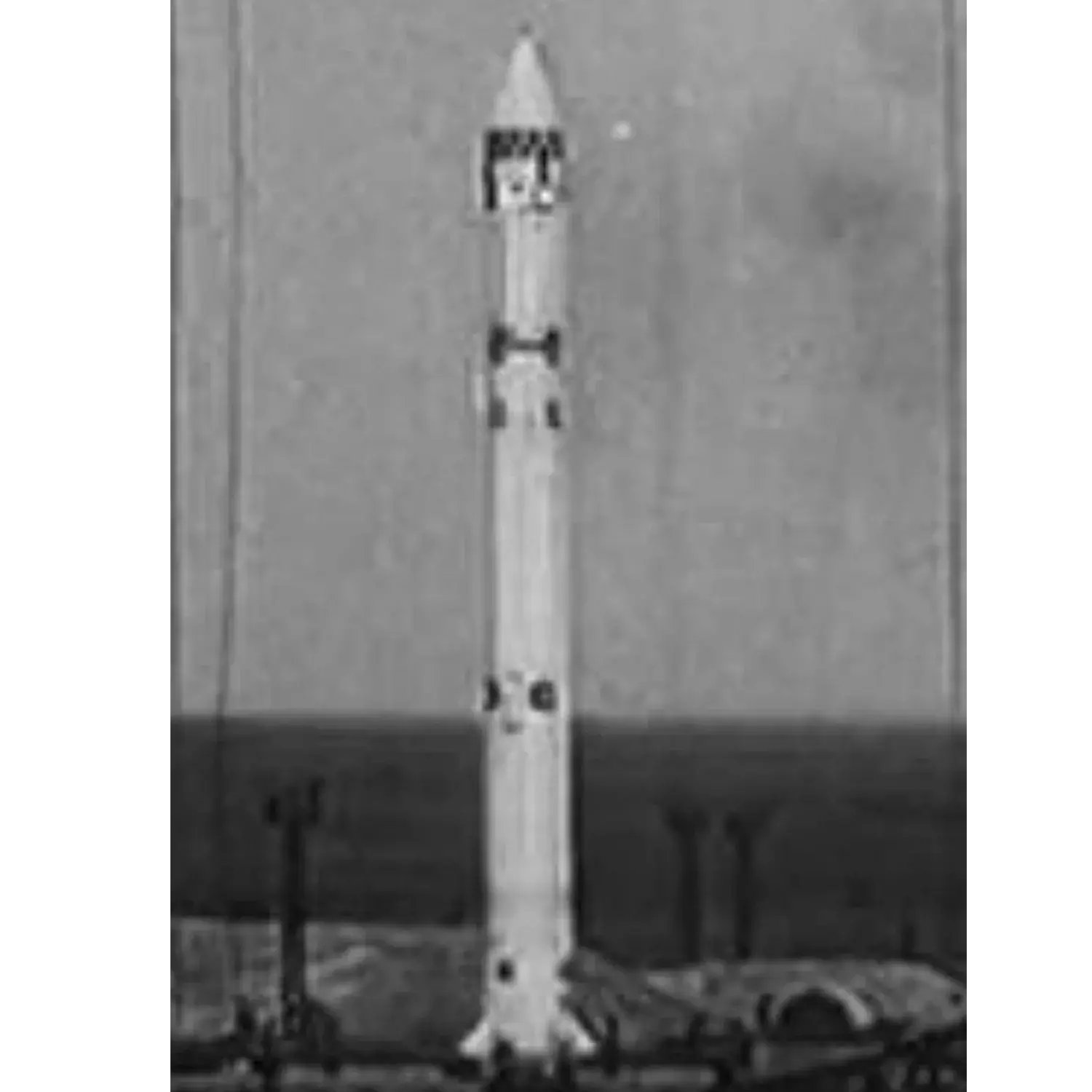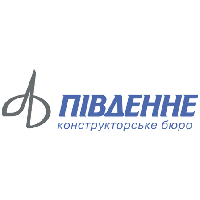Cosmos 23
Launch Success
Liftoff Time (GMT)
14:15:00
Friday December 13, 1963
Mission Details
Cosmos 23
DS satellites are a series of satellites made to be universal, and easily modifiable according to customer needs. After a first launch in 1962, almost two hundred satellites will be launched. Several generations of DS satellites will be developed, some used for scientific studies, while others will be used by the Red Army for radar calibration. After flying two demonstration series (DS-1 and DS-2), the DS satellites will have three universal versions (DS-U1, unstabilized and battery-powered, DS-U2, unstabilized and solar-powered, DS-U3, stabilized). Versions will also be produced to fly international experiments, leading to the Intercosmos program. This flight flew an Omega satellite. It was a 500 kilograms spacecraft, which was built by the Yuzhnoye Design Office, and was used by VNIIEM to conduct experiments with the use of gyroscopes to control spacecraft. Cosmos 23 was the first Soviet experimental weather satellite. The satellite was originally considered to have been orbiting for the purpose of conducting various geophysical studies. However, nearly 4.5 years after its launch, it was specifically identified as a test platform for electrotechnical systems later used to ensure the orientation and stabilization of weather satellites. In addition, tests were made of power supplies using solar cell batteries. The satellite was in the form of a cylinder, with two hemispherical ends, and was 1.8 metres long and 1.2 metres in diameter. The control stabilisation system consisted of flywheels driven by electric motors. This system provided three-axis stabilisation and oriented the satellite to Earth. Equipment on board monitored the operation of automatic devices that controlled the solar and chemical batteries.
Low Earth Orbit
1 Payload
300 kilograms
Rocket


Manufacturer
OKB-586Rocket
Height: 29.59m
Payload to Orbit
LEO: 350 kg
GTO: 0 kg
Liftoff Thrust
636 Kilonewtons
Fairing
Diameter: 1.65m
Height: 2.99m
Stages
2
Launch Site
Stats
Cosmos-1
18th
Mission
8th
Mission of 1963
OKB-586
74th
Mission
23rd
Mission of 1963
1963
64th
Orbital launch attempt